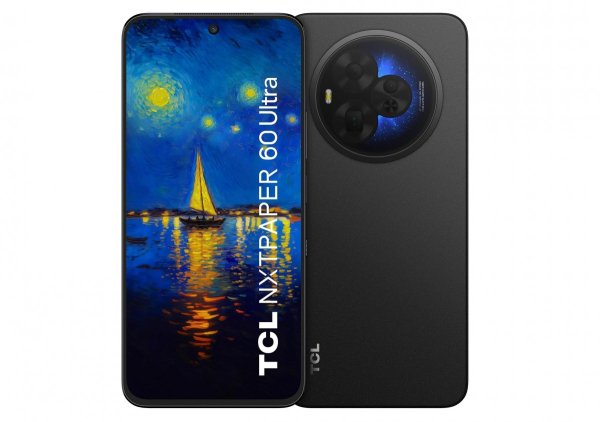
After Qualcomm unveiled the Snapdragon 8 Elite, multiple companies lined up to launch flagships based on the new chipset. Xiaomi did so or rather it unveiled two-thirds of its new flagship series – the vanilla and Pro models, while the expected Ultra model should arrive a few months later.
The common features between the two Xiaomi models include the new chipset, of course, and the much larger battery capacity compared to the 14-series, thanks to Silicon-Carbon tech.


Xiaomi 15 and 15 Pro at a glance
The Xiaomi 15 Pro also flaunts a new 120mm periscope (5x) for its 50MP telephoto camera, up from 75mm on the previous generation. The battery has 6,100mAh capacity, 220mAh larger than the previous model. Wired charging slowed down a bit to 90W (down from 120W), but it shouldn’t make too much of a difference. Wireless charging remains at 50W.
A few more things to mention – Xiaomi is using in-house strengthened glass for the screen and the two new phones now support 8K @ 30fps video recording (the previous generation could only do it at 24fps). Also, both phones dropped the optical fingerprint reader in favor of an ultrasonic one.

The vanilla Xiaomi 15 also got a larger battery – 5,400mAh (adding an impressive 790mAh to the capacity of its predecessor). That’s an impressive amount of energy to pack into a phone with a 6.36” display. With its slender bezels, this is one of the smaller Android flagships out there, comparable with the Pixel 9 Pro and iPhone 16 Pro. The vanilla model missed out on the tele camera upgrade and only has a 60mm lens.
There are multiple versions available, but the vanilla Xiaomi 15 (12/256GB) costs CNY 4,500 ($630), while the Xiaomi 15 Pro (12/256GB) is CNY 5,300 ($745). These two will almost certainly be available globally, we just don’t know when and how much they will cost.


Xiaomi 15 • Xiaomi 15 Pro
The Xiaomis will be competing with other Snapdragon 8 Elite based flagships, as well as those that chose the Dimensity 9400.
Like the vivo X200 Pro and Pro mini. The X200 Pro has a shorter lens (85mm) but a higher resolution 200MP in the telephoto camera, allowing for smooth zoom. The main camera is comparable with a 50MP 1/1.28” sensor. It also has a 6,000mAh battery with 90W/30W charging.
The vivo X200 Pro Mini is a bit smaller than the Xiaomi 15 and also has a triple 50MP camera – with a 50MP 70mm module as the telephoto. The battery is 300mAh bigger at 5,600mAh and supports 90W/30W charging.
The vivo X200 Pro (12/256GB) matches its Xiaomi rival at CNY 5,300 ($745), while the vivo X200 Pro mini (12/256GB) is a bit pricier than the vanilla Xiaomi 15 at CNY 4,700 ($660).


vivo X200 Pro • vivo X200 Pro mini
The Oppo Find X8 and X8 Pro also chose the Dimensity 9400. The Oppo Find X8 Pro packs a quad 50MP camera with two telephoto modules – one 3x (73mm) and one 6x (135mm). It has a 5,910mAh battery with 80W/50W charging.
The Oppo Find X8 is smaller than its Pro sibling, though with a 6.59” display, it is larger than both the Xiaomi 15 and the vivo X200 Pro mini. It has a triple 50MP camera (losing the 135mm tele, but keeping the 73mm one). Its battery has 5,630mAh capacity and support for 80W/50W charging.
The Oppo Find X8 Pro (12/256GB) starts at the same CNY 5,300 ($745) as the others, while the Oppo Find X8 (12/256GB) is a bit cheaper at CNY 4,200 ($590).


Oppo Find X8 Pro • Oppo Find X8
We are also expecting the OnePlus 13, Realme GT7 Pro and iQOO 13 to be unveiled soon, all of them with the Snapdragon 8 Elite.



OnePlus 13 • Realme GT7 Pro • vivo iQOO 13
What do you think of the Xiaomi 15 Pro – your next phone or maybe you want to wait until the Xiaomi 15 Ultra is revealed? Or will you skip the Xiaomis altogether?
What about the Xiaomi 15? It’s not tiny, but it’s small by Android flagship standards. Also, at least on paper, it has better cameras, bigger batteries and faster charging than you get with a Galaxy S24 (and the latter two if you go for a Pixel 9 Pro instead).






